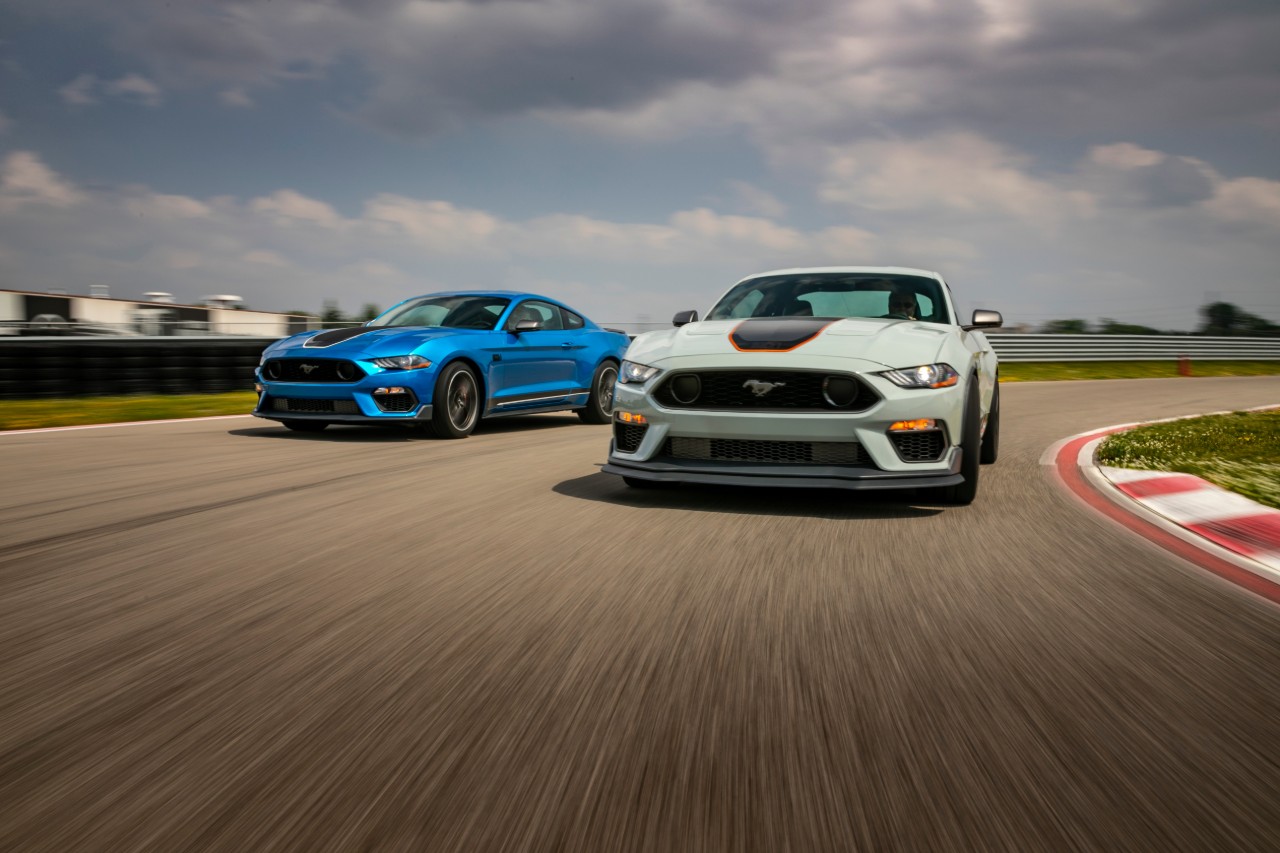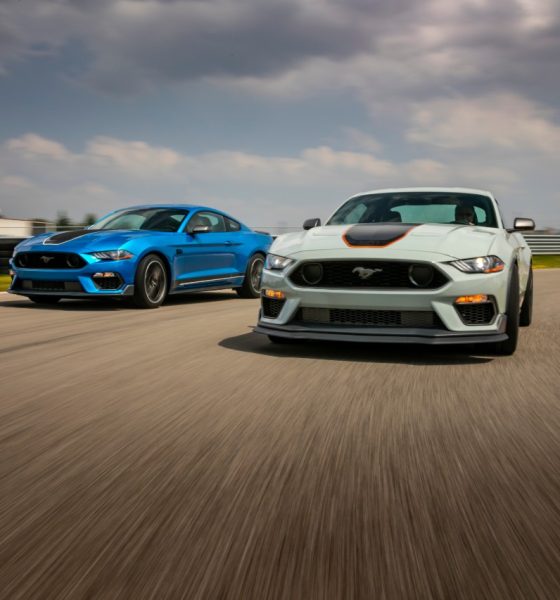Ford has a new frontman in Jim Farley, and the company’s competitive edge in electric vehicle manufacturing may come from the fresh leadership.
The Detroit legacy automaker announced on August 4 that CEO Jim Hackett would be stepping down from his pedestal as the leader of Ford Motor Company. The reigns have been handed to Chief Operating Officer Jim Farley, who has been with the company since 2007.
Ford hired Farley in 2007. In April 2019, Farley was chosen to lead Ford’s New Businesses, Technolgy & Strategy team, which helped the automaker come up with effective strategies to capitalize on the everchanging automotive industry. This included software, Artificial Intelligence, Automation, and electrification.
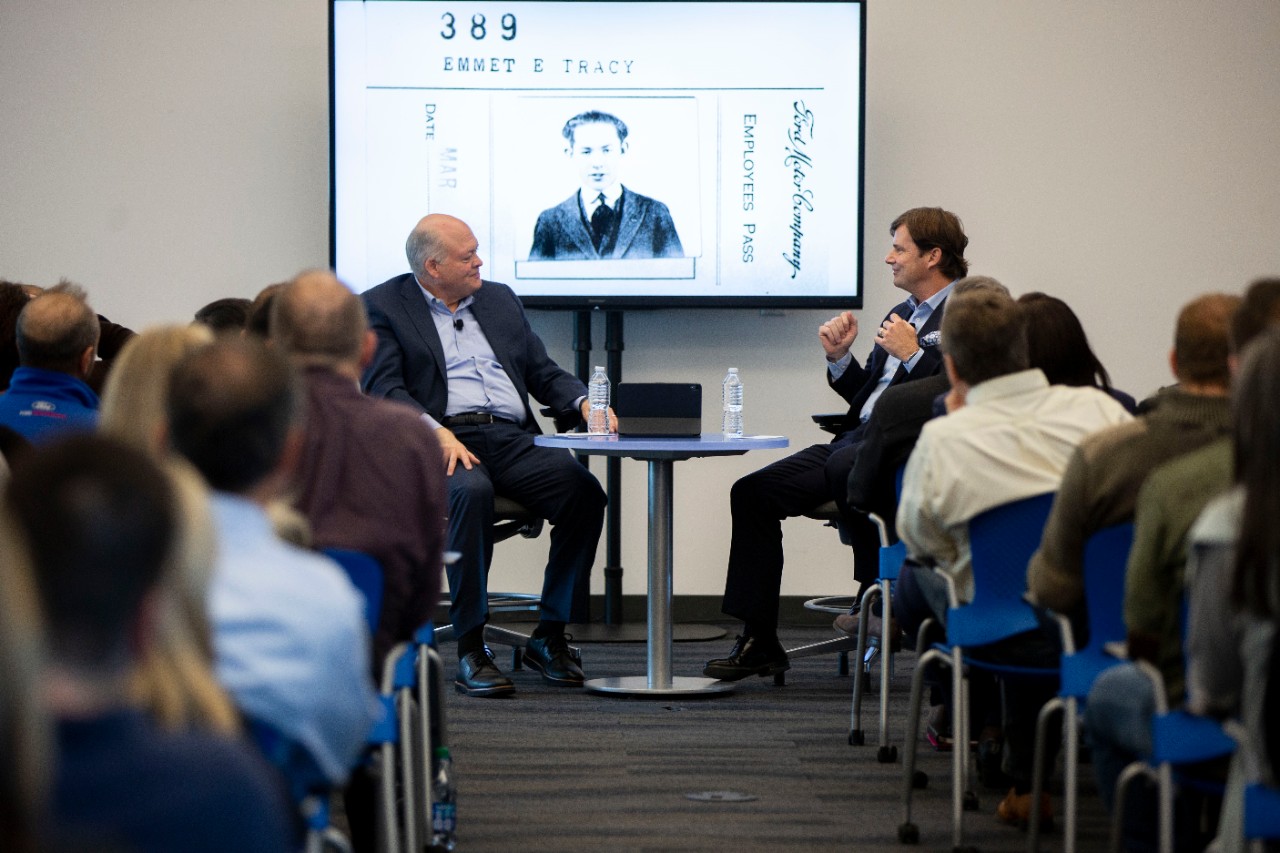
Bill Ford, the company’s executive chairman, said that Jim Hackett had done things for the automaker in the last three years that have accelerated the company’s transition into new forms of vehicle technology. “I am very grateful to Jim Hackett for all he has done to modernize Ford and prepare us to compete and win in the future,” Bill Ford said.
Hackett has made it a point since joining Ford to move quickly and efficiently into an era of smart vehicles with a higher focus on the wants and needs of customers, a press release from the automaker stated.
Now, Jim Farley will lead Ford’s plans for the foreseeable future. A proven track record with deep global experience has Bill Ford’s optimism for the future at an all-time high.
A company press release said:
“Jim Farley matches an innate feel for cars and customers with great instincts for the future and the new technologies that are changing our industry,” Bill Ford said. “Jim’s passion for great vehicles and his intense drive for results are well known, and I have also seen him develop into a transformational leader with the determination and foresight to help Ford thrive into the future.”
Although Ford’s initial plans are not to accelerate into a fully electric lineup of cars, they do have some battery-powered models on the way, led by the Mustang Mach-E and electric F-150, which Farley says is critical to the company’s evolution for years to come.
The two vehicles will compete with the Tesla Model Y and the Cybertruck.
In an interview with CNBC from June, Farley described that along with the Mach-E, the F-150 series and newly-revived Bronco are critical factors to Ford’s growth in the coming years.
“The launches are really critical for our North America profitability and our customers,” he said during the interview. “The Mach-E and the Bronco are brand new products. They will be incremental to us to bring in brand new customers.”
Farley also said that the electric F-150 was developing well, and Ford’s engineers were working to establish a sufficiently operating software infrastructure that would work well with the electrical architecture required for a battery-powered automobile.
Ford’s success relies on dependable leadership that aims to revolutionize the way the company has made cars for over 100 years. For Farley, the company’s success relies on its ability to adapt to the everchanging world of technology and productivity.
Ford’s press release on the company’s new leadership is available below.
Ford Announces Jim Hackett to Retire as President and CEO, Jim Farley takes CEO role by Joey Klender on Scribd

News
Tesla expands new Full Self-Driving program in Europe
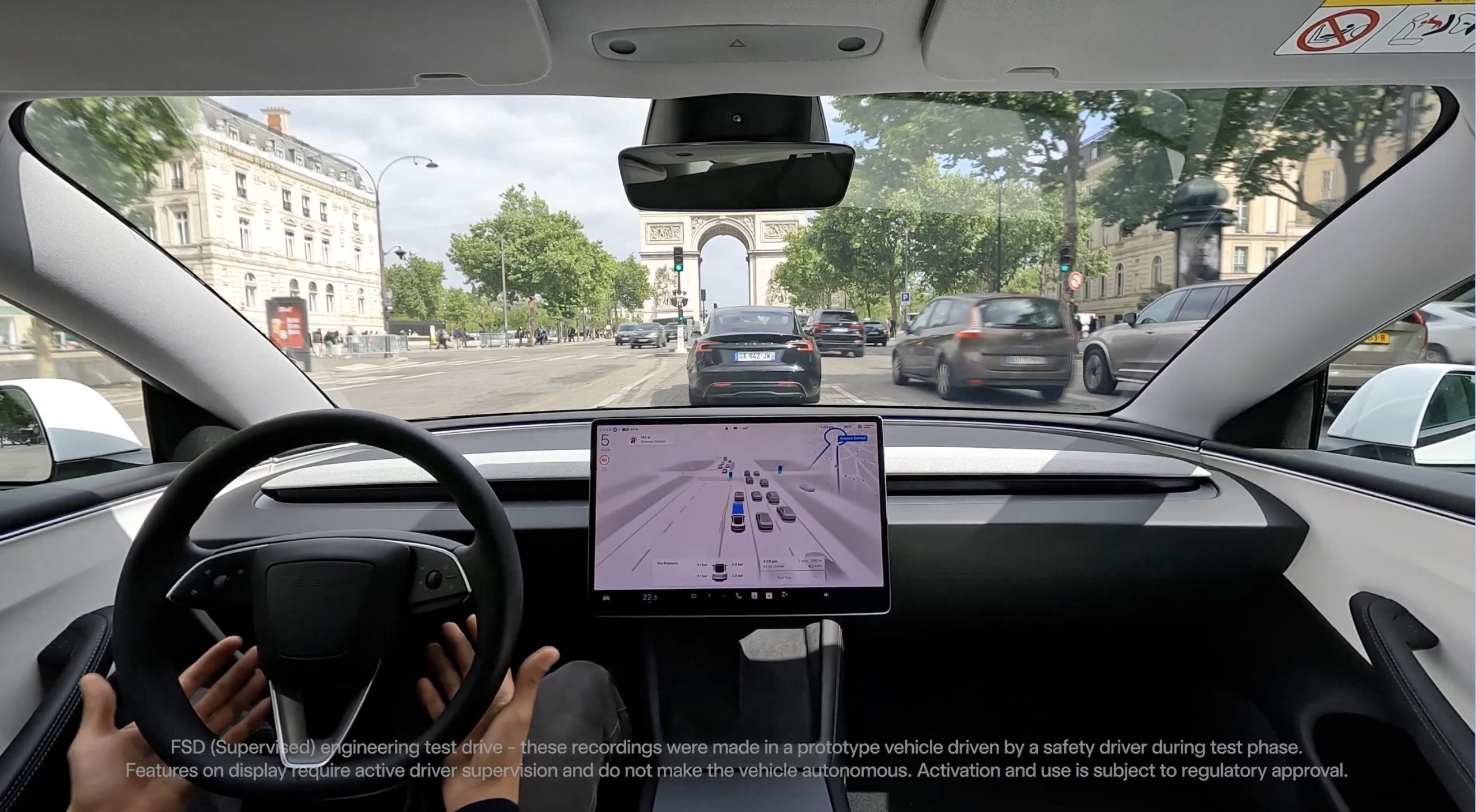
Tesla expanded its new Full Self-Driving program, which gives people the opportunity to experience the company’s suite, in Europe.
Tesla recently launched an opportunity for Europeans to experience Full Self-Driving, not in their personal vehicles, but through a new ride-along program that initially launched in Italy, France, and Germany back in late November.
People could experience it by booking a reservation with a local Tesla showroom, but timeslots quickly filled up, making it difficult to keep up with demand. Tesla expanded the program and offered some additional times, but it also had its sights set on getting the program out to new markets.
It finally achieved that on December 9, as it launched rides in Denmark and Switzerland, adding the fourth and fifth countries to the program.
Tesla confirmed the arrival of the program to Denmark and Switzerland on X:
Now available in Denmark & Switzerland
🇩🇰 https://t.co/IpCSwHO566 https://t.co/V2N5EarLNX
— Tesla Europe & Middle East (@teslaeurope) December 9, 2025
The program, while a major contributor to Tesla’s butts in seats strategy, is truly another way for the company to leverage its fans in an effort to work through the regulatory hurdles it is facing in Europe.
Tesla has faced significant red tape in the region, and although it has tested the FSD suite and been able to launch this ride-along program, it is still having some tremendous issues convincing regulatory agencies to allow it to give it to customers.
CEO Elon Musk has worked with regulators, but admitted the process has been “insanely painful.”
The most recent development with FSD and its potential use in Europe dealt with the Dutch approval authority, known as the RDW.
Tesla says Europe could finally get FSD in 2026, and Dutch regulator RDW is key
Tesla said it believes some regulations are “outdated and rules-based,” which makes the suite ineligible for use in the European jurisdiction.
The RDW is working with Tesla to gain approval sometime early next year, but there are no guarantees. However, Tesla’s angle with the ride-along program seems to be that if it can push consumers to experience it and have a positive time, it should be easier for it to gain its footing across Europe with regulatory agencies.
News
Tesla ramps hiring for Roadster as latest unveiling approaches
Tesla published three new positions for the Roadster this week, relating to Battery Manufacturing, General Manufacturing, and Vision Engineering.
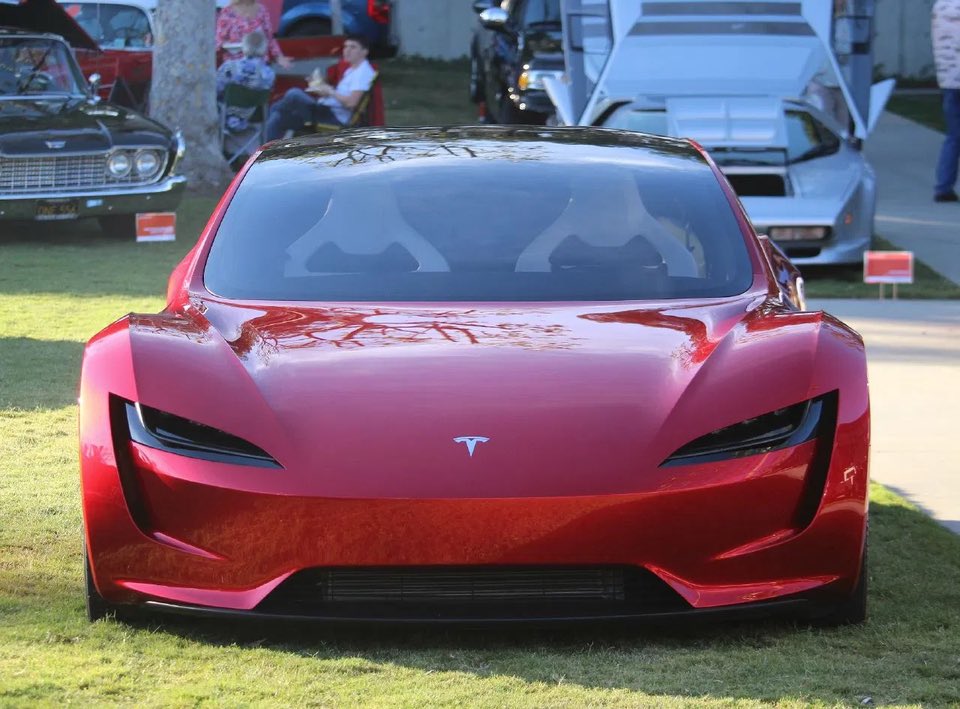
Tesla is ramping up hiring for positions related to the Roadster program, the company’s ultra-fast supercar that has been teased to potentially hover by CEO Elon Musk.
The company seems to be crossing off its last handful of things before it plans to unveil the vehicle on April Fool’s Day, just about four months away.
Tesla published three new positions for the Roadster this week, relating to Battery Manufacturing, General Manufacturing, and Vision Engineering. All three are located in Northern California, with two being at the Fremont Factory and the other at the company’s Engineering HQ in Palo Alto.
Technical Program Manager, Battery Manufacturing
Located in Fremont, this role specifically caters to the design of the Roadster to factory operations. It appears this role will mostly have to do with developing and engineering the Roadster’s battery pack and establishing the production processes for it:
“You will foster collaboration across design engineering, manufacturing, quality, facilities, and production to align with company priorities. Additionally, you will understand project opportunities, challenges, and dependencies; translate scattered information into concise, complete messages; and communicate them to every team member. As the business process development lead, you will develop, maintain, and implement tools and processes to accelerate battery manufacturing execution, achieve cross-functional alignment, and deliver highly efficient systems.”
Manufacturing Engineer, Roadster
Also located in Fremont, this role also has to deal with the concept development and launch of battery manufacturing equipment. Tesla says:
“In this role, you will take large-scale manufacturing systems for new battery products and architectures from the early concept development stage through equipment launch, optimization, and handover to local operations teams.”
Manufacturing Vision Engineer, Battery Vision
This position is in Palo Alto at Tesla’s Engineering Headquarters, and requires the design and scale of advanced inspection and control systems to next-generation battery products:
“You’ll work on automation processes that directly improve battery performance, quality, and cost, collaborating with world-class engineers in a fast-paced, hands-on environment.”
Developing and deploying 2D and 3D vision and measurement systems from proof-of-concept to deployment on high-volume battery manufacturing lines is part of the job description.
Roadster Unveiling
Tesla plans to unveil the Roadster on April 1, and although it was planned for late this year, it is nice to see the company put out a definitive date.
Musk said on the Joe Rogan Experience Podcast in late October:
“Whether it’s good or bad, it will be unforgettable. My friend Peter Thiel once reflected that the future was supposed to have flying cars, but we don’t have flying cars. I think if Peter wants a flying car, he should be able to buy one…I think it has a shot at being the most memorable product unveil ever.”
Production should begin between 12 to 18 months after unveiling, so we could see it sometime in 2027.
Investor's Corner
Tesla Full Self-Driving statistic impresses Wall Street firm: ‘Very close to unsupervised’
The data shows there was a significant jump in miles traveled between interventions as Tesla transitioned drivers to v14.1 back in October. The FSD Community Tracker saw a jump from 441 miles to over 9,200 miles, the most significant improvement in four years.

Tesla Full Self-Driving performance and statistics continue to impress everyone, from retail investors to Wall Street firms. However, one analyst believes Tesla’s driving suite is “very close” to achieving unsupervised self-driving.
On Tuesday, Piper Sandler analyst Alexander Potter said that Tesla’s recent launch of Full Self-Driving version 14 increased the number of miles traveled between interventions by a drastic margin, based on data compiled by a Full Self-Driving Community Tracker.
🚨 Piper Sandler reiterated its Overweight rating and $500 PT on Tesla $TSLA stock
Analyst Alexander Potter said FSD is near full autonomy and latest versions showed the largest improvement in disengagements, from 440 miles to 9,200 miles between critical interventions pic.twitter.com/u4WCLfZcA9
— TESLARATI (@Teslarati) December 9, 2025
The data shows there was a significant jump in miles traveled between interventions as Tesla transitioned drivers to v14.1 back in October. The FSD Community Tracker saw a jump from 441 miles to over 9,200 miles, the most significant improvement in four years.
Interestingly, there was a slight dip in the miles traveled between interventions with the release of v14.2. Piper Sandler said investor interest in FSD has increased.
Full Self-Driving has displayed several improvements with v14, including the introduction of Arrival Options that allow specific parking situations to be chosen by the driver prior to arriving at the destination. Owners can choose from Street Parking, Parking Garages, Parking Lots, Chargers, and Driveways.
Additionally, the overall improvements in performance from v13 have been evident through smoother operation, fewer mistakes during routine operation, and a more refined decision-making process.
Early versions of v14 exhibited stuttering and brake stabbing, but Tesla did a great job of confronting the issue and eliminating it altogether with the release of v14.2.
Tesla CEO Elon Musk also recently stated that the current v14.2 FSD suite is also less restrictive with drivers looking at their phones, which has caused some controversy within the community.
Although we tested it and found there were fewer nudges by the driver monitoring system to push eyes back to the road, we still would not recommend it due to laws and regulations.
Tesla Full Self-Driving v14.2.1 texting and driving: we tested it
With that being said, FSD is improving significantly with each larger rollout, and Musk believes the final piece of the puzzle will be unveiled with FSD v14.3, which could come later this year or early in 2026.
Piper Sandler reaffirmed its $500 price target on Tesla shares, as well as its ‘Overweight’ rating.
